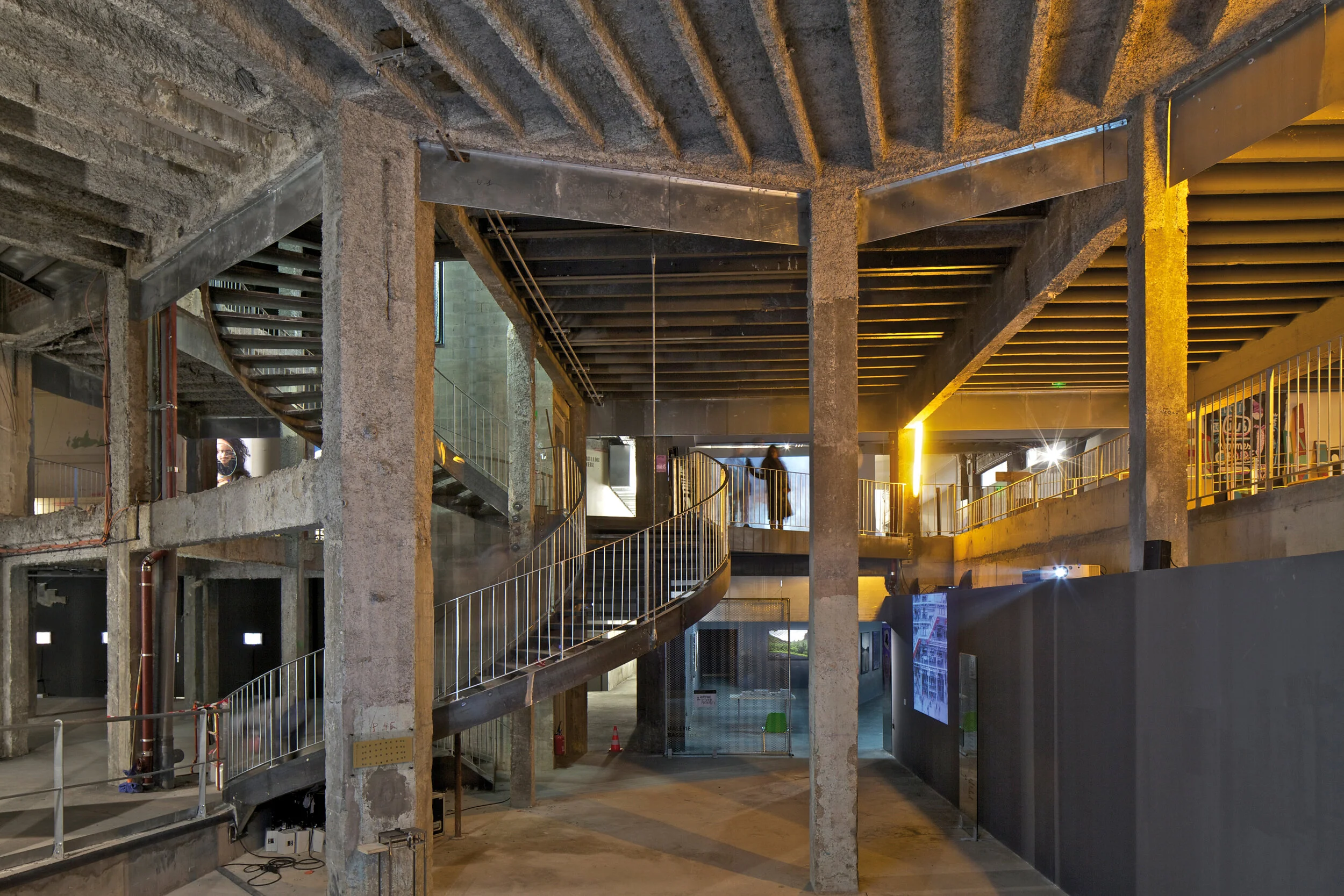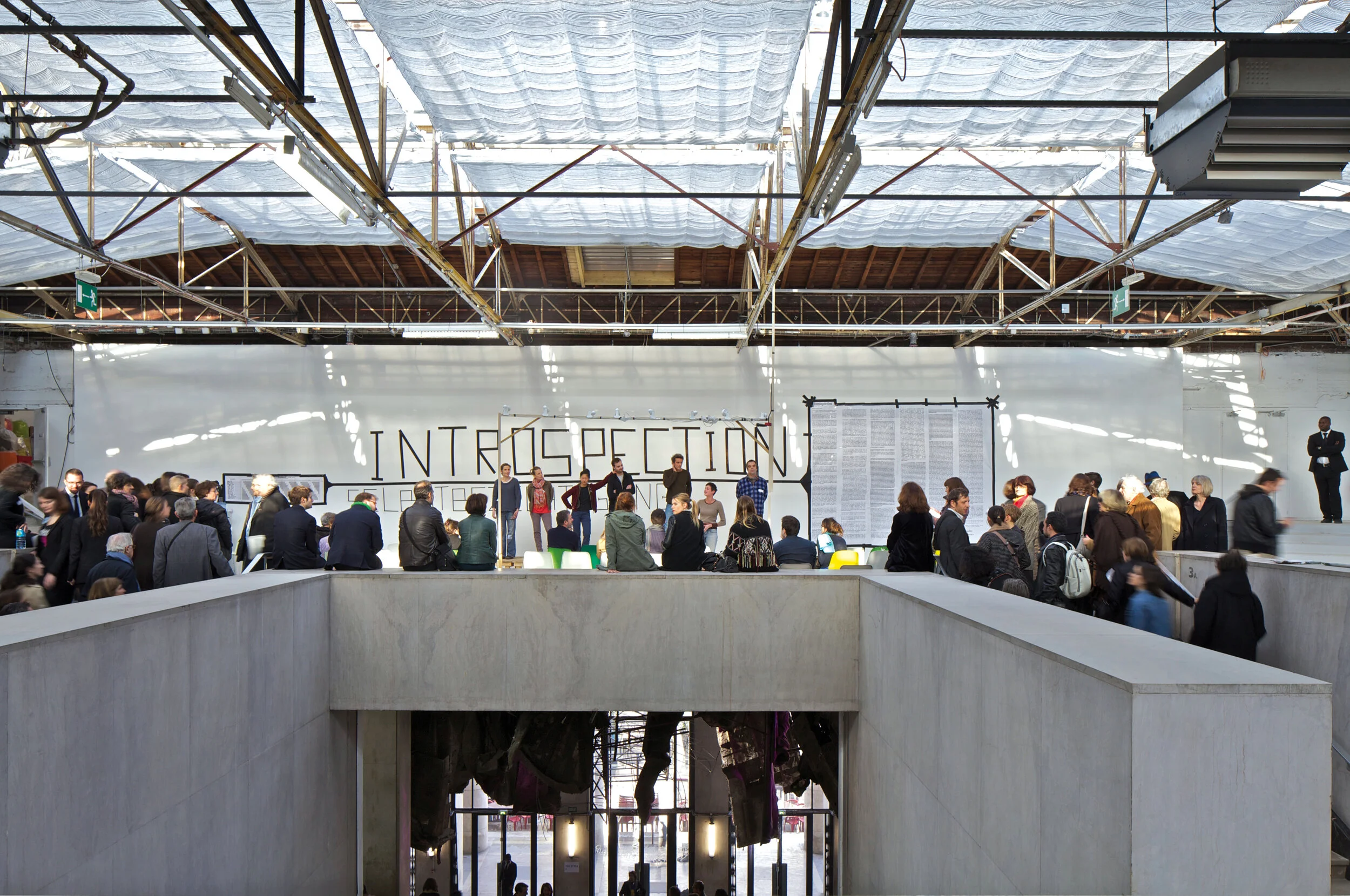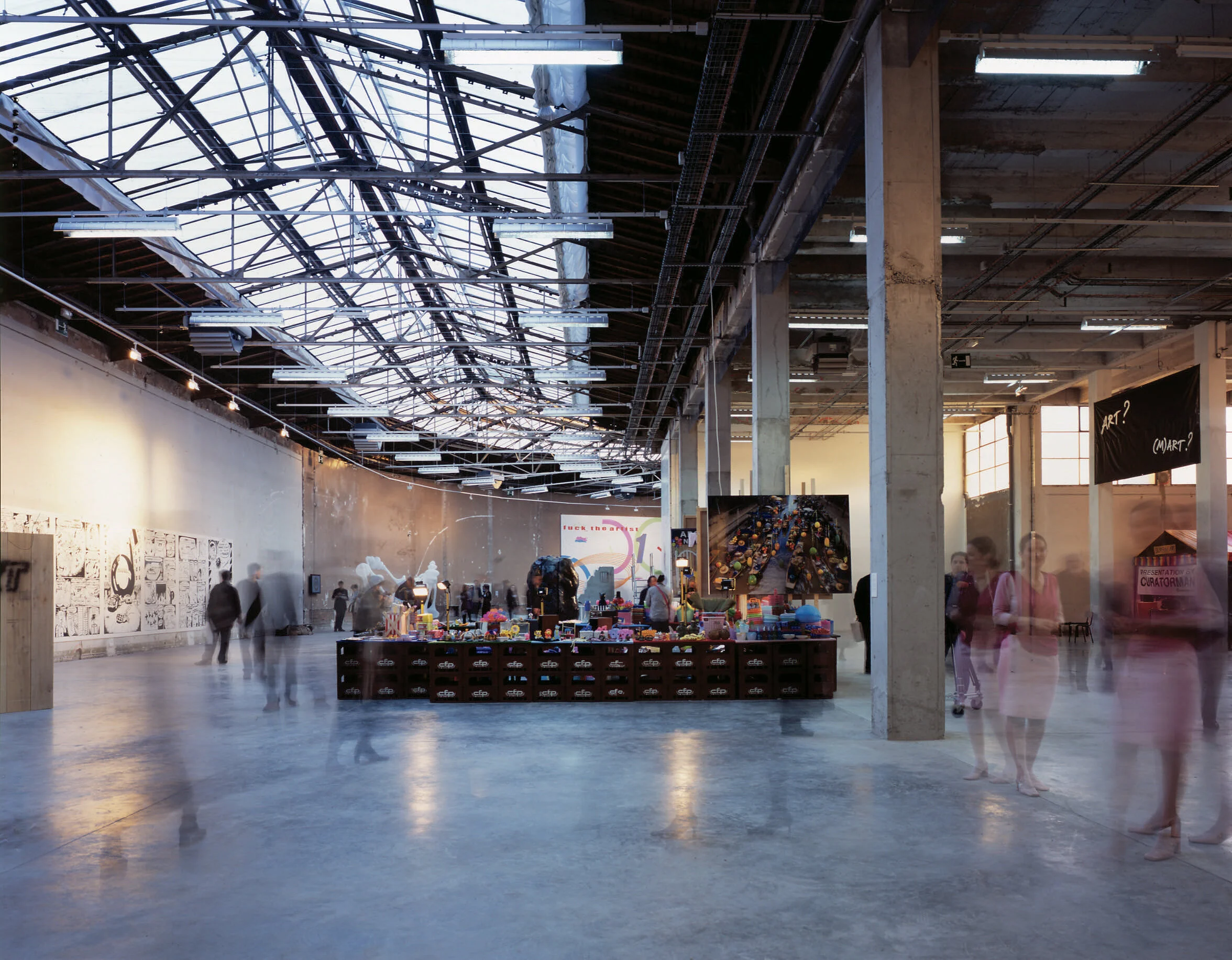A Tale of Two Architects: Anne Lacaton and Jean-Philippe Vassal
When rising star of Italian music, Madame, speaks of her way of being, she describes it as a continuous process of construction and destruction. Metaphorically, she hints to a process of growth, which can never happen from scratch: the reconstruction always starts from previous experiences and their remains.
The question of demolishing buildings has been under scrutiny in the architectural realm for years now. For instance, when the demolition of Franz De Salvo’s Vela Verde in Scampia begun last year, it sparked a vivid discussion on the failed mission of the building and the possible uses it could have been devoted to.
Multipurpose Theater by Anne Lacaton and Jean-Philippe Vassal, photo courtesy of Philippe Ruault
Last March, French architects Anne Lacaton and Jean-Philippe Vassal from the homonymous Parisian firm were awarded for their work with the Pritzker Price, because of “their aim to serve human life through their work, demonstration of strength in modesty, and cultivation of a dialogue between old and new, broadens the field of architecture.”
Their practice is marked by over 40 years of architectural intervention according to the mantra of not demolishing, always exploiting the potential that every existing building has.
With their inherently positive outlook on architecture, they vowed to give it a more democratic and social stance, proposing new possibilities through the lens of simplicity.
Their interviews and statements are marked by a humble approach: being great listeners - of the already existing building and the people inhabiting it - they waive a top down imposition of statement architecture, opting instead for solutions accommodating the changing needs of the users.
Thanks to their work, buildings undergo what seems to be a natural process of metamorphosis as they morph in response to pressing social, economical, and ecological issues.
The social focus embedded in their practice drove them to work mainly on collective spaces, and educational and cultural buildings.
When the French duo planned the development of Palais de Tokyo in Paris in 2012 (pictures can be seen above, courtesy of Philippe Ruault), they opted for voluminous and unfinished spaces instead of pre-established paths, thus inviting visitors, artists and curators to exploit and navigate the site in many possible ways ways.
Their intervention fostered independence in the use of spaces, facilitating the unfolding of many different activities as well as the partitioning and reconfiguration of space into smaller units.
Saint Nazaire, 23 Semi-collective Housing Units. Image Courtesy of Philippe Ruault






